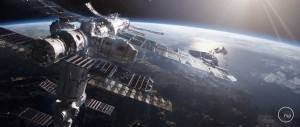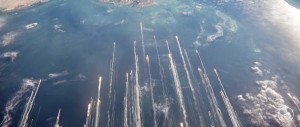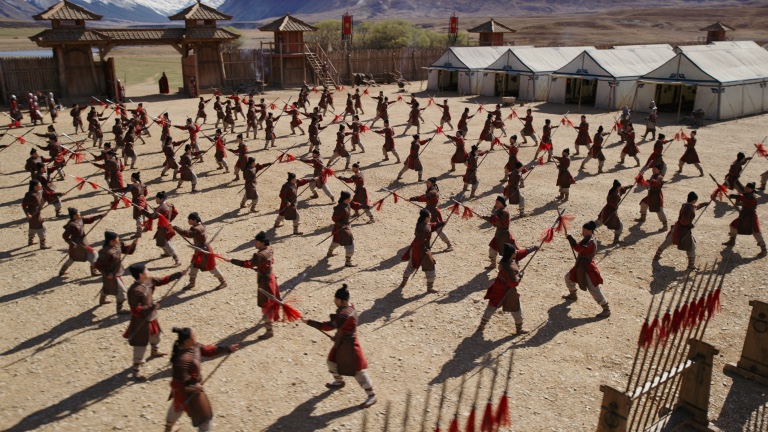 Cospective’s video review software, cineSync, played a key role in the VFX pipeline for Alfonso Cuarón’s Gravity. Framestore, principal VFX vendor on Gravity, tasked Australia’s Rising Sun Pictures with completing the reentry sequence. From their facility in Adelaide, Rising Sun was able to integrate seamlessly with Framestore via cineSync. With cineSync as a remote collaboration tool, distributed postproduction teams can work together closely to create VFX, regardless of locations and time zones. The film received ten Oscar nominations, including one for best visual effects.
Cospective’s video review software, cineSync, played a key role in the VFX pipeline for Alfonso Cuarón’s Gravity. Framestore, principal VFX vendor on Gravity, tasked Australia’s Rising Sun Pictures with completing the reentry sequence. From their facility in Adelaide, Rising Sun was able to integrate seamlessly with Framestore via cineSync. With cineSync as a remote collaboration tool, distributed postproduction teams can work together closely to create VFX, regardless of locations and time zones. The film received ten Oscar nominations, including one for best visual effects.
Gravity‘s conveying of the immensity of space took full advantage of the big screen. The tight confines of each spacecraft are set against infinite blackness. Often the only sound in the film is the breathing of Bullock’s character, Astronaut Stone. Physical objects float unbearably slowly, even as the narrative races inexorably forward. The tension is so complete, and the imagery so seamless, that it is easy to forget that the entire film depends on visual effects work.
 The film’s climactic scene shows Stone attempting reentry into earth’s atmosphere. Rising Sun Pictures completed 17 shots for this sequence. Using Framestore’s pre-vis for reference, Rising Sun worked with Cuarón, executive producer Nikki Penny and Tim Webber, VFX supervisor at Framestore, to craft and deliver the 2.5-minute sequence.
The film’s climactic scene shows Stone attempting reentry into earth’s atmosphere. Rising Sun Pictures completed 17 shots for this sequence. Using Framestore’s pre-vis for reference, Rising Sun worked with Cuarón, executive producer Nikki Penny and Tim Webber, VFX supervisor at Framestore, to craft and deliver the 2.5-minute sequence.
“We came up with technical and creative solutions through talking to Tim and Alfonso,” said Tony Clark, VFX supervisor and co-founder of Rising Son Pictures. “These conversations required a large number of cineSync sessions, usually including various reference clips of elements they wanted to include in the reentry scene.”
For the scene, Rising Sun created stereoscopic, all-CG shots that included the space station and reentry module, plasma and flame effects surrounding the descending vehicle, the violent destruction of a space station, earth environments, atmospheric effects, parachutes and panoramic matte painting.

“It’s always great to work with a local VFX house, but these days, with communications as advanced as they are, it’s getting easier to work remotely,” said Webber. “On Gravity we worked with Rising Sun, literally at the opposite end of the world from our base in London. This was made significantly easier using cineSync. It is tried and tested software that has been such an integral part of so many films that it’s almost synonymous with remote working.”
“As the VFX industry continues to grow worldwide, we are seeing how facilities are constantly discovering new means to do better, more inventive work, with tight timelines and, in some cases, shrinking budgets,” said Cospective’s Rory McGregor, product manager of cineSync. “One particularly effective tool is remote collaboration between post houses. This allows you to bring in the best artists, regardless of where they are. This is precisely what Framestore did, using cineSync to communicate efficiently and clearly with the artists at Rising Sun Pictures.”
Rising Sun Pictures has contributed to many recent Hollywood features, including The Great Gatsby, The Hunger Games and Harry Potter and the Deathly Hallows. Working from Adelaide, South Australia, RSP has been able to integrate their workflows with studios and facilities in North America, Europe and Asia using cineSync.





